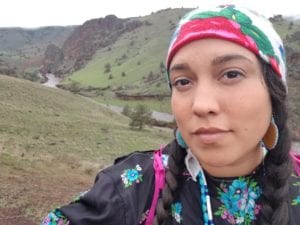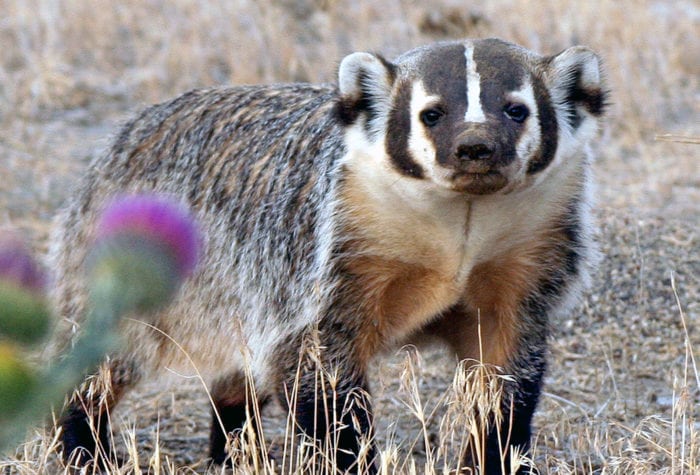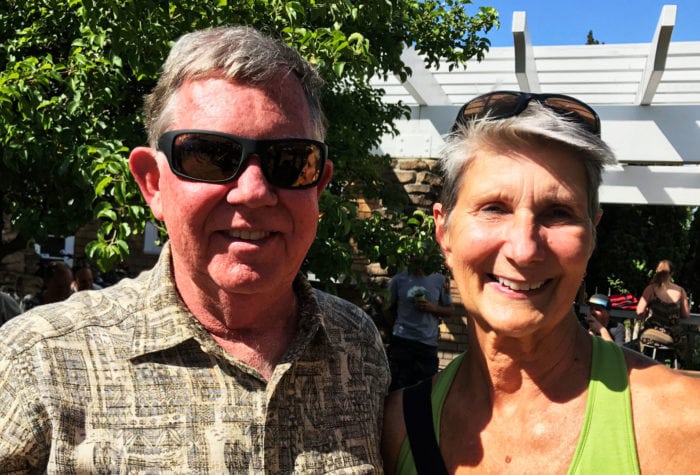 Tiyana, hi! Please tell us a little bit about yourself and your background.
Tiyana, hi! Please tell us a little bit about yourself and your background.
Ai / Hello , Inash Waniisha Tiyana Casey / my name is Tiyana Casey. Kush wash nash Shitiktknii / I am from Warm Springs. The language I used is Ichiskiin; a dialect of Sahaptin. My Mom’s side of the family is N’chii Wanapum or Columbia River Plateau Native (Warm Springs, Yakama, Umatilla, Nez Perce), and my Dad’s side of the family is German and Irish. In my early years, I grew up as what some would call a “military brat.” My Dad joined the U.S. Army when they became pregnant with me in high school so I didn’t get to meet a lot of my family until I was 10 years old. That is a very summarized introduction of my family roots. Throughout my ongoing education (both traditional and formal), my interests have evolved to include many fields surrounding culture and sciences; including this continent’s first science. This can be referenced as Traditional Ecological Knowledge which is culturally specific science practices like how to hunt, gather, and process medicines such as our traditional first foods. Currently, I have been most passionate with sharing this for the growth and holistic stabilization of young indigenous people.
You bring so much great experience – seriously, so much! – to this crew leader role. You have worked for a number of strong non-profits, including Native American Youth and Family Center and Wisdom of the Elders, and participated in many unique projects, from developing lesson plans about indigenous first foods, to creating films about climate change, to testifying before U.S. House of Representatives – to name just a few. Is there a particular role, skill or experience that you think will help you most this summer?
I’m flattered, but really I would like to first express humility and honor all the people and organizations who have played key roles in getting me to where I am now. It is always a pleasant surprise when I realize that nearly each chapter of my life’s experience has provided some learning which strengthens my interactions with young people. From the deeply personal to the most professional experiences; I strive to keep that momentum going so that I am always better than I was yesterday. These youth are most deserving of that because not everyone in their lives is able to contribute that attentiveness. But, to directly answer your question, my greatest teachers have been children and elders. They have taught me how to listen, how to speak, and how to see.
How do you see this role helping you as you continue your studies and pursue a career in Traditional Ecological Knowledge?
This role will help me learn about my own homeland so that I can pass any learning along to future generations. I am thrilled to have the opportunity to shift my energies to not only land restoration/stewardship, but also tie in cultural restoration. My ancestors, family, community, and life experiences have prepared me for seeing the land through the lens that I do. This experience could potentially lead to being an addition to a Master’s degree that I am hoping to pursue starting school year 2020/2021.
As you head into the field for the summer, what are you nervous about and what are you most looking forward to?
I am most nervous about handling situations which are out of my control that could potentially come up. I am most excited about learning with the youth, and meeting physical health goals as well.
Through the Tribal Stewards Program participants will develop technical skills such as riparian restoration, upland fence repair and removal and trail maintenance, as well as the soft skills needed to succeed in careers with land and water resource management agencies and conservation non-profit organizations. Conservation professionals from federal land management agencies, non-profits and tribal natural resources departments will provide career mentoring and the context for how each project fits into a broader conservation strategy to improve land and water resources.
We are thrilled to launch this program this summer — thanks to the Greater Hart-Sheldon Conservation Fund, the Hugh and Jane Ferguson Foundation, Autzen Foundation, U.S. Fish and Wildlife Service, Friends of Malheur National Wildlife Refuge, National Forest Foundation, NewSun Energy, Keen Footwear, Redtail Fund of The Oregon Community Foundation, Ward Family Fund of The Oregon Community Foundation and generous support from members of ONDA and Northwest Youth Corps — and we are looking forward to watching these Tribal Stewards grow to be strong champions for the desert.


